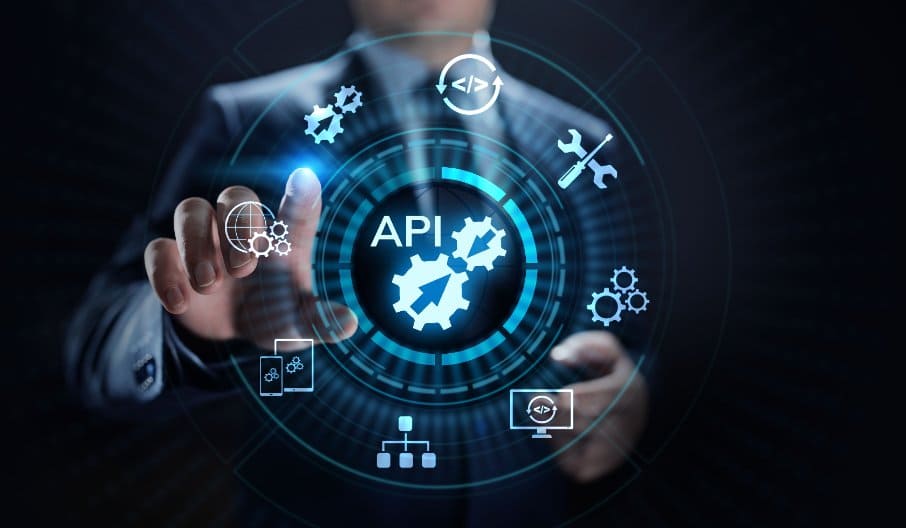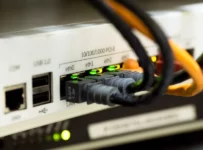
The world is more connected now than it ever has been throughout all of human history. Advancements in technology and communication have changed the way that people view the entire planet in deep and meaningful ways. For example, the unprecedented rise in popularity of cell phones has now created a culture that makes these pieces of personal tech important. Where not long ago, having a cell phone might have been common, now it’s not uncommon to have a workplace environment that prefers you have access to apps like Slack, and GroupMe in order to communicate.
Technology has changed drastically over the last couple of decades in ways that really incredible. It’s easier to stay connected, engage in commerce, and even travel now more than ever before. One of the ways that this has happened, is because of the creation and implementation of the API. API stands for application programming interface, and this innovation is the engine that drives the connection that society gets to enjoy. The ability for companies and services to connect to third-party sources and be accessed by people all over the globe comes down to API integration.
Whether you are an established business like an airline in the travel industry, or you are a non-profit start-up planning your first fundraising campaign, you are going to be working with APIs. APIs are how businesses can integrate with third-party sources of data. For the airline, this is who apps like Kayak, or sites like Google flights, can interact with airlines in order to give people the best deals. For the nonprofit, any kind of app-based donation system you use like Givebutter will utilize APIs to connect donors who believe in your mission to your online presence or even bank accounts.
Setting Up an API
While APIs are one of the most necessary pieces tools for industry to stay connected in meaningful and useful ways, they aren’t always straightforward or easy. Establishing the kind of connection between data points that allows interactions and exchange to happen can be tricky. There is a lot to know about API integration and it can be a daunting task. One of the most important things to know about this process is that it can be hard and a lot to process. So this means having some patience with yourself especially if you are new to this kind of field and work.
Finding the resources to help you troubleshoot API integrations is one of the most important things you can do. Because third-party integration is an established and even ubiquitous part of the common landscape of business, the ability to implement and run APIs is going to be a part of your future. While this is necessarily a part of the process of scaling in the modern world, it doesn’t mean it has to be something that holds you back. It is complex and nuanced, but it’s something that you can either learn how to troubleshoot or resource out to engineers and technicians who can come alongside you and help make the necessary improvements that are needed.
Common Error
Unfortunately, there are a lot of errors that can occur when setting up APIs for third-party systems. While in concept an API may make a lot of sense and even be easy to conceptualize, the truth is that in actual practice APIs can be confusing and challenging to establish. Any time a message goes out that is not returned, there is something that needs to be addressed. The problem with troubleshooting APIs comes down to understanding what they could be.
Network issues are often times at the heart of why requests are not set correctly, or response doesn’t reach their destination. If the system is in question, something as simple as restarting it could actually fix the problem. Commonly the third party your API is communicating with will be the cause of the error. In the case that the third party itself is high-quality and well written, the error codes will often times give an explanation of the error. In those cases, an engineer will typically be able to create tools or solutions for overcoming the presented error.
One method of troubleshooting is to purposefully send something like a piece of bad data, or something that a third-party system should flag or not respond to correctly to engage with how it responds. This is a way of creating a road map from the negative, seeing how it reacts to a situation that it should have a negative response to.
Conclusion
Troubleshooting errors can sometimes be as simple as restarting a process or rebooting a system, however other times it could be more complicated. The good news is that even though there can be some complexity involved in troubleshooting an error, you should always use these options before it’s time for your API to perform for a customer or client. Going through the work of troubleshooting your APIs may be hard work, and even require some outsourcing to solve, but it’s well worth the effort.

